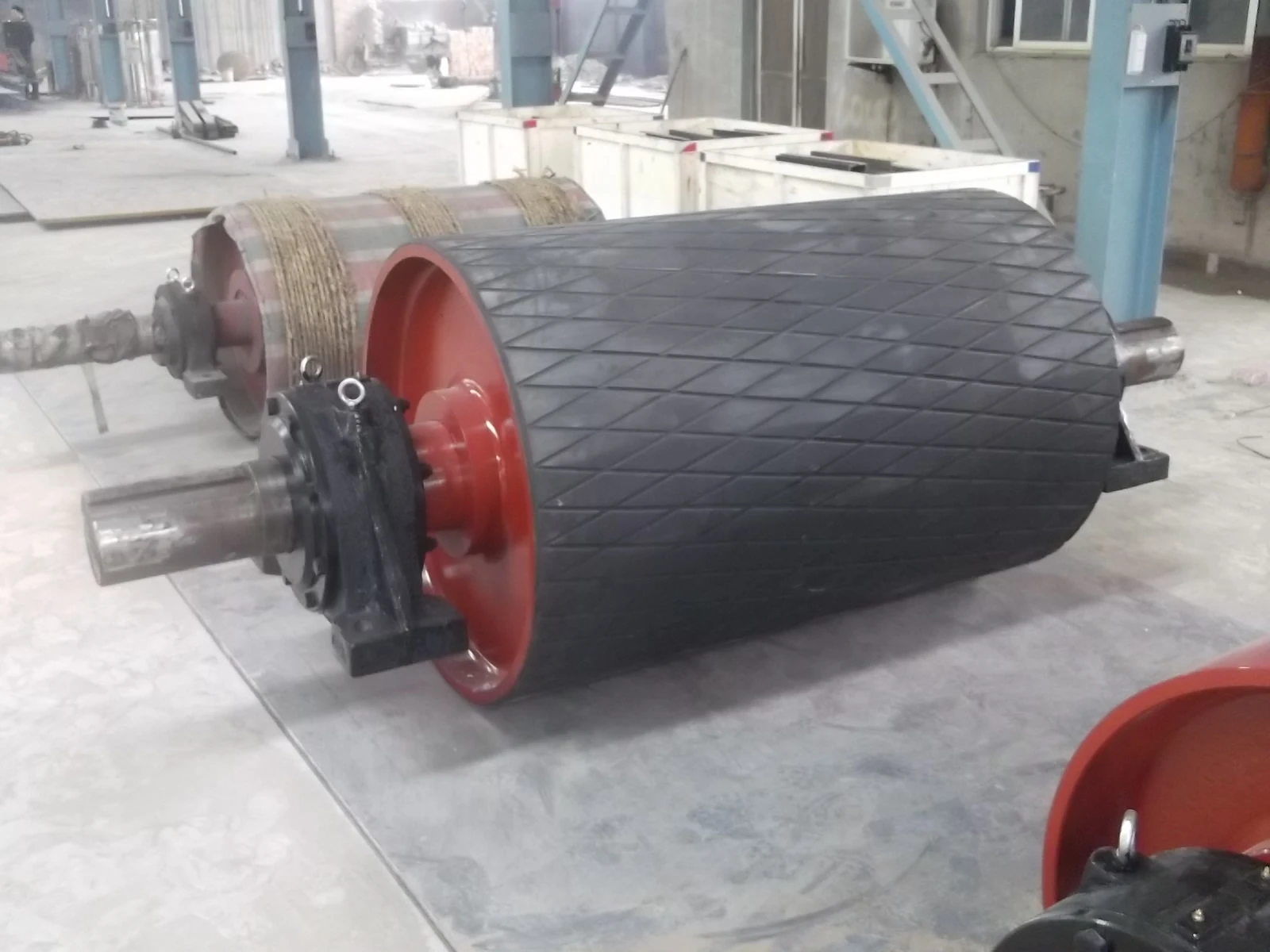 Afrikaans
Afrikaans  Albanian
Albanian  Amharic
Amharic  Arabic
Arabic  Armenian
Armenian  Azerbaijani
Azerbaijani  Basque
Basque  Belarusian
Belarusian  Bengali
Bengali  Bosnian
Bosnian  Bulgarian
Bulgarian  Catalan
Catalan  Cebuano
Cebuano  Corsican
Corsican  Croatian
Croatian  Czech
Czech  Danish
Danish  Dutch
Dutch  English
English  Esperanto
Esperanto  Estonian
Estonian  Finnish
Finnish  French
French  Frisian
Frisian  Galician
Galician  Georgian
Georgian  German
German  Greek
Greek  Gujarati
Gujarati  Haitian Creole
Haitian Creole  hausa
hausa  hawaiian
hawaiian  Hebrew
Hebrew  Hindi
Hindi  Miao
Miao  Hungarian
Hungarian  Icelandic
Icelandic  igbo
igbo  Indonesian
Indonesian  irish
irish  Italian
Italian  Japanese
Japanese  Javanese
Javanese  Kannada
Kannada  kazakh
kazakh  Khmer
Khmer  Rwandese
Rwandese  Korean
Korean  Kurdish
Kurdish  Kyrgyz
Kyrgyz  Lao
Lao  Latin
Latin  Latvian
Latvian  Lithuanian
Lithuanian  Luxembourgish
Luxembourgish  Macedonian
Macedonian  Malgashi
Malgashi  Malay
Malay  Malayalam
Malayalam  Maltese
Maltese  Maori
Maori  Marathi
Marathi  Mongolian
Mongolian  Myanmar
Myanmar  Nepali
Nepali  Norwegian
Norwegian  Norwegian
Norwegian  Occitan
Occitan  Pashto
Pashto  Persian
Persian  Polish
Polish  Portuguese
Portuguese  Punjabi
Punjabi  Romanian
Romanian  Russian
Russian  Samoan
Samoan  Scottish Gaelic
Scottish Gaelic  Serbian
Serbian  Sesotho
Sesotho  Shona
Shona  Sindhi
Sindhi  Sinhala
Sinhala  Slovak
Slovak  Slovenian
Slovenian  Somali
Somali  Spanish
Spanish  Sundanese
Sundanese  Swahili
Swahili  Swedish
Swedish  Tagalog
Tagalog  Tajik
Tajik  Tamil
Tamil  Tatar
Tatar  Telugu
Telugu  Thai
Thai  Turkish
Turkish  Turkmen
Turkmen  Ukrainian
Ukrainian  Urdu
Urdu  Uighur
Uighur  Uzbek
Uzbek  Vietnamese
Vietnamese  Welsh
Welsh  Bantu
Bantu  Yiddish
Yiddish  Yoruba
Yoruba  Zulu
Zulu Exploring the Effects and Dynamics of Roller Impact in Various Applications
The Dynamics of Roller Impact Understanding the Forces at Play
Rollers have been an essential tool in various industries, from construction to manufacturing. They serve several functions, including compaction, transportation, and fabrication. One significant aspect of rollers is the concept of roller impact, which refers to the forces generated when a roller interacts with a surface. Understanding roller impact is crucial for optimizing their design and application, as well as for ensuring operational safety and efficiency.
Defining Roller Impact
Roller impact occurs when the rotating roller meets a surface, delivering a concentrated force in a brief moment. This impact can produce vibrations and stress not only on the roller but also on the material being processed. The intensity of the roller impact depends on several factors, including the speed of the roller, the weight it carries, and the properties of the surface it impacts.
The Physics Behind Roller Impact
To comprehend roller impact, it is essential to analyze the physics involved. When a roller moves over a surface, it creates kinetic energy. As the roller makes contact, this kinetic energy converts into force, generating a stress distribution that affects both the roller and the surface. The impact can be characterized by several key parameters the coefficient of restitution, which measures the elasticity of the impact; the force of impact, determined by the weight and speed of the roller; and the contact time, which influences the potential for material deformation.
Factors Influencing Roller Impact
1. Material Properties The characteristics of the surface and the roller material play a significant role in roller impact dynamics. Harder surfaces tend to transmit more force, while softer materials will deform, absorbing some impact energy. This interaction can lead to wear and tear, altering the performance of both the roller and the substrate.
roller impact

2. Roller Design The design of the roller, including its diameter, weight distribution, and surface texture, influences how it interacts with surfaces. Heavier rollers apply more force, while wider ones distribute that force over a larger area, which can reduce localized impacts. Specialized textures can also optimize grip and reduce slippage, effectively managing roller impact.
3. Operational Conditions The environment in which the roller operates affects the impact dynamics. Factors such as temperature, humidity, and surface moisture influence the friction and force distribution during impact. For instance, wet surfaces may allow for greater roll but can also lead to slippage, while dry surfaces may enhance grip and consistent performance.
Impact Management and Applications
Minimizing adverse effects of roller impact is essential in various applications. In construction, for instance, excessive roller impact can lead to soil compaction issues, affecting foundation integrity. Engineers utilize impact analysis tools to simulate and assess different roller designs and material interactions to optimize outcomes.
In manufacturing, managing roller impact is critical for processes like stamping or rolling metal sheets. Here, precise control over the impact force can lead to improved product quality and reduced waste. Innovations in roller technology, including the use of shock-absorbing materials and smart sensors to monitor impact forces in real-time, are making strides towards enhancing efficiency and safety.
Conclusion
Roller impact, while a seemingly simple phenomenon, encapsulates a complex interplay of physics, materials science, and engineering principles. By understanding the various factors that influence roller impact and its implications for different industries, professionals can make informed decisions about design and application, ensuring optimal performance and safety. As technology advances, further insights into roller impact dynamics will continue to drive innovations and improve operational standards across multiple fields.
-
Taper Centering Idler Set for Conveyor SystemsNewsJun.25,2025
-
Small Idler Rollers for Industrial ConveyorsNewsJun.25,2025
-
Guide Training Idler Set for Conveyor MaintenanceNewsJun.25,2025
-
Friction Offset Idler Set for Industrial UseNewsJun.25,2025
-
Double-Center-Roller Idler AlignmentNewsJun.25,2025
-
Channel Inset Impact Troughing Idler Set for Heavy LoadsNewsJun.25,2025





























